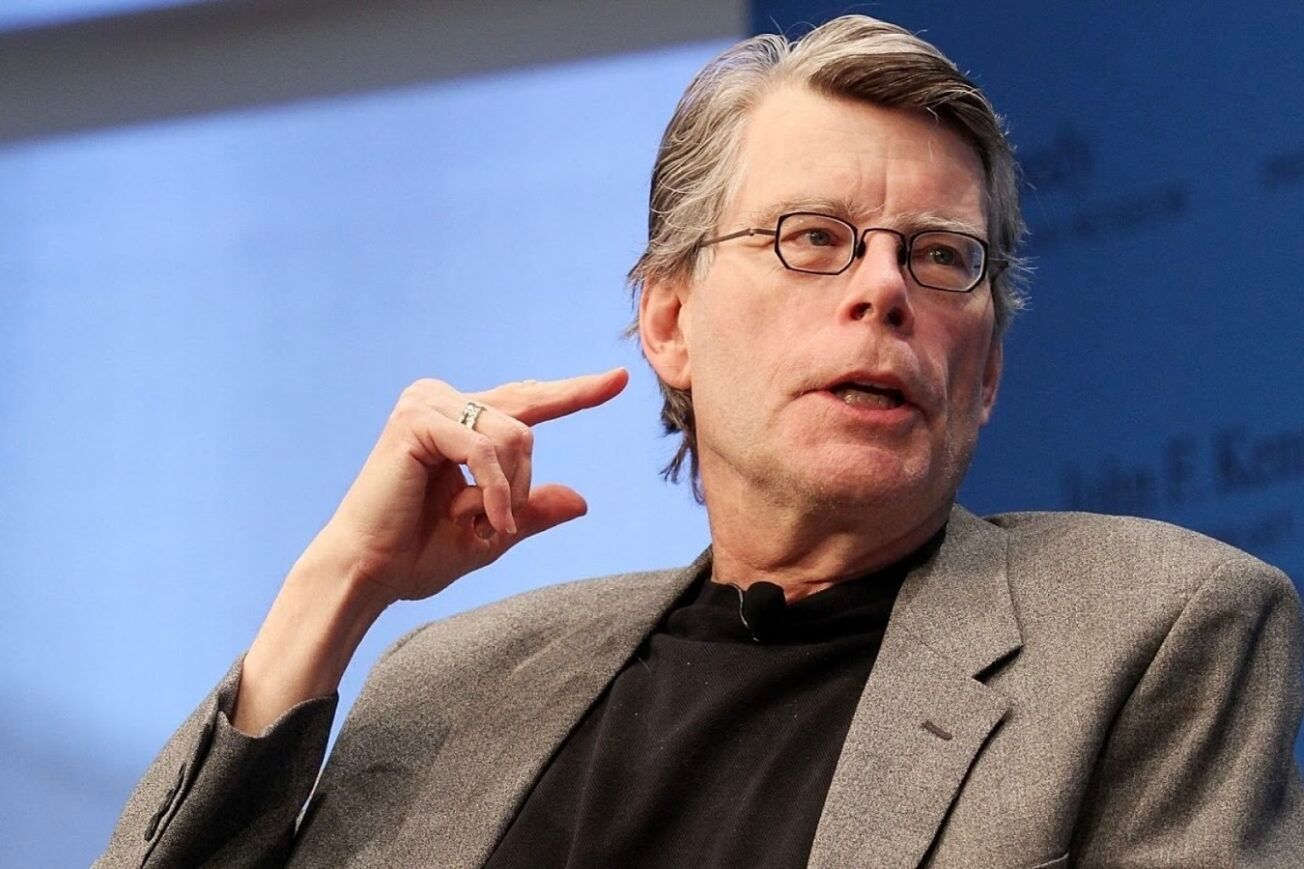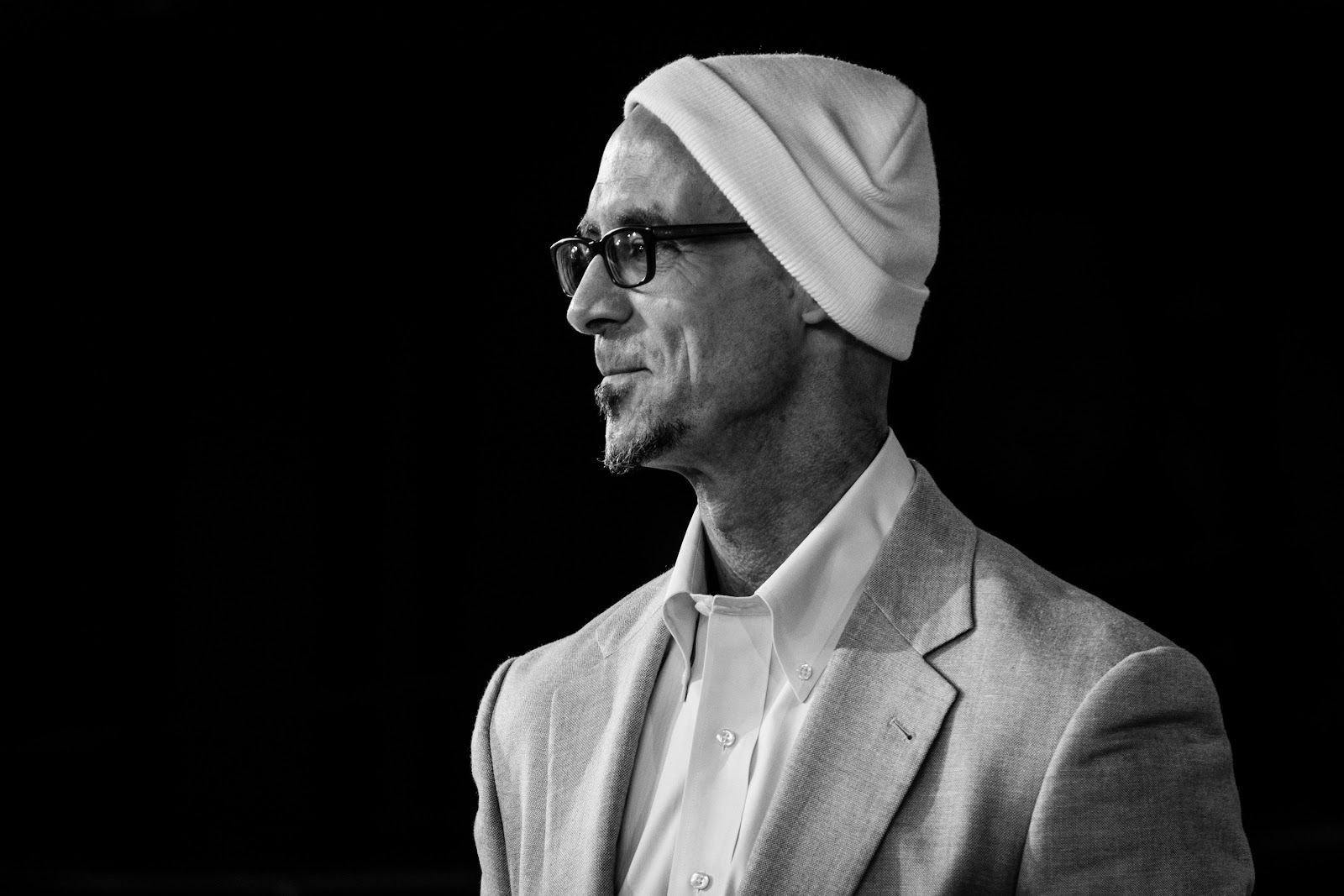For centuries, society has valued the written word to the highest degree. Words have the power to communicate knowledge and ideas through universal means, no matter the subject. Fiction writers use words to communicate their creativity. Considering words each have their own definition, some could see them as limiting, but writers like Stephen King, Harper Lee, and Chuck Palahniuk have still managed to use those limiting definitions to inspire every emotion in the spectrum of humanity. Let’s see how they approach their creative processes.

The Real Scary Part with Stephen King
Stephen King is a master of horror. It. Misery. The Shining. With such a reputation for frightening, one might ask the question: what scares Stephen King? The answer is attached to creating.
“The scariest moment is always just before you start.” – Stephen King
How can the scariest part of creating come before the creating begins? What’s scary about having an idea? As with a tale of horror, the fear is based on not knowing the result. When Annie Wilkes takes in Paul Sheldon after his unfortunate accident in Misery , we feel fear even after she saves his life because we don’t know what’s going to happen next. Suspense sets in, and we come to find that suspense is well earned (a fantastic book and movie FYI).
When creations exist as ideas they’re exciting and magical, but no one can predict what will happen when they put that idea into the DAW:
- What if this idea actually sucks?
- What if I can’t make it sound as good in real life?
This is a scary thought that’s universal among creators, even world-renowned creators like Stephen King. To conquer it you simply have to start anyway. Suspense and excitement are quite similar when you think about it. Why not be excited about now knowing the result?

A Creator Vs. Someone Who Creates
What does it mean to create? According to ICON’s Co-Founder and CEO, Christopher Wight the answer is as follows:
“The act of creativity is the act of making a decision. Every time a human being makes a decision we manifest an experience.”
Think about all the decisions everyone makes throughout their days. Each one contributes to the experience of that day. What if someone decided to go to work exactly how they wake up? Will their day be different than if they decided to get ready? These decisions all affect the day ahead, creating an experience.
So what differentiates a creator from everyone who creates, IE everyone else? According to renowned author Harper Lee:
“People who write for reward by way of recognition or monetary gain don’t know what they’re doing. They’re in the category of those who write; they are not writers. Writing is simply something you must do.”
Are you a creator? Or someone who creates? The difference is found in WHY you’re creating.

Forever Innovating with Chuck Palahhniuk
Chuck Palahniuk’s novels are quite simply surreal. There is not a book in his bibliography that follows standard story structure. Haunted is told as a juxtaposition of an omniscient third person narrator and first person accounts of all the separate characters. Survivor is literally told backwards.
Basically, Pahlahniuk found a way to achieve a kind of originality so many artists strive for. What kind of approach leads to such bespoke creativity?
“May I never be complete. May I never be content. May I never be perfect.” – Chuck Pahlaniuk
Fight Club was Pahlahniuk’s first novel ever. After one book he’s a household name. He steps up the plate for the first time and hits a home run. What if Pahlahniuk became “content” after that?
Think of an artist who is considered a “one-hit wonder.” They make one good movie. Write one good book. Record one good song. Then they’re never heard from again. How do you think that happens?
The heart of creativity is exploration. Experimentation. Trying new things. This is the opposite of contentment. Or at least the traditional understanding of contentment. The goal is to become content with exploration and experimentation. To be excited about the next new challenge.
Taking in advice from artists outside your medium can open your mind to new methods and mindsets. Share this wisdom from authors with a musician today and see what happens.
QUICK LINKS

Turn your passion for music into a Profession: Learn more about our Music School Programs!
MORE ARTICLES FROM THE ICON BLOG

FIND YOUR SOUND, HONE YOUR CRAFT:
Are you ready to turn music into a career? ICON prepares students to become music producers, composers, performers, recording artists, professional DJs, and entrepreneurs in the entertainment industry. Click below to get information about our award-winning programs:

